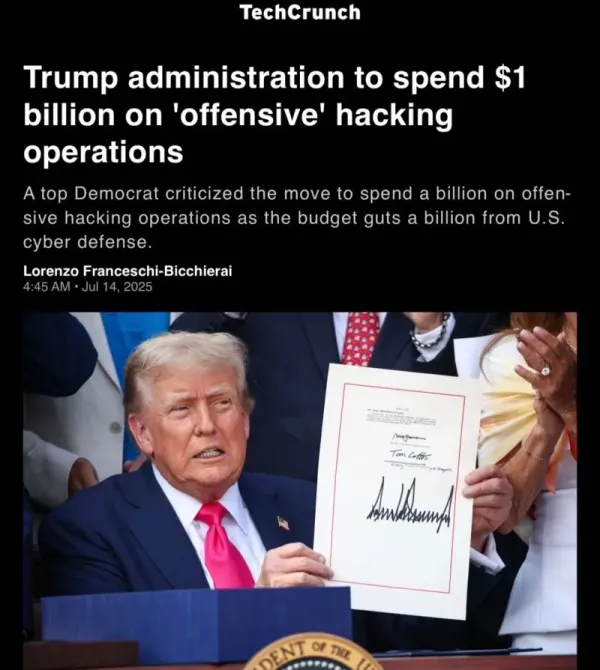Cybersecurity Governance and the Role of Executives: Steering the Digital Ship with Foresight and Responsibility

In the vast ocean of digital business, cybersecurity threats loom like unpredictable storms. Navigating these waters requires not just robust defenses but also effective governance. At the helm of this governance are the executives, whose leadership ensures that cybersecurity policies and procedures are not just in place but are also effectively implemented. This article delves into the pivotal role of governance in cybersecurity and underscores the responsibilities of executives in this domain.

Table of Contents
- Understanding Cybersecurity Governance
- The Imperative of Governance in Cybersecurity
- The Executive Mandate in Cybersecurity Governance
- Best Practices for Executives in Cybersecurity Governance
- Conclusion
1. Understanding Cybersecurity Governance
Cybersecurity governance refers to the framework of policies, procedures, and guidelines that an organization implements to manage and mitigate cyber risks. It encompasses the strategies, roles, responsibilities, and accountability measures that ensure an organization's digital assets are protected.
2. The Imperative of Governance in Cybersecurity
- Structured Defense: Governance provides a structured approach to cybersecurity, ensuring that defenses are systematic and comprehensive.
- Accountability: Clearly defined roles and responsibilities ensure that every stakeholder knows their part in the cybersecurity framework.
- Regulatory Compliance: Effective governance ensures adherence to regulatory standards, avoiding potential legal and financial repercussions.
- Consistent Response: In the event of a breach, governance ensures a coordinated and consistent response, minimizing damage.
3. The Executive Mandate in Cybersecurity Governance
- Leadership: Executives set the tone for cybersecurity, emphasizing its importance at all organizational levels.
- Policy Formulation: Executives play a key role in formulating cybersecurity policies, ensuring they align with business goals and industry standards.
- Resource Allocation: Executives are responsible for ensuring that adequate resources—both human and financial—are allocated to cybersecurity initiatives.
- Oversight and Review: Regular reviews of cybersecurity policies and their effectiveness fall under the executive purview, ensuring continuous improvement.
4. Best Practices for Executives in Cybersecurity Governance
- Stay Informed: Executives should keep abreast of the latest cyber threats and trends, ensuring that governance policies are always relevant.
- Collaborate: Engage with cybersecurity experts, both internal and external, to gain insights and recommendations.
- Promote a Security Culture: Foster a culture where every employee understands the importance of cybersecurity and their role in it.
- Measure and Report: Implement metrics to measure the effectiveness of cybersecurity initiatives and regularly report findings to stakeholders.
5. Conclusion
Cybersecurity governance is not just about policies on paper—it's about leadership in action. Executives, with their strategic vision and authority, play a crucial role in ensuring that governance is not just a checklist but a living, breathing framework that safeguards the organization's digital future.






